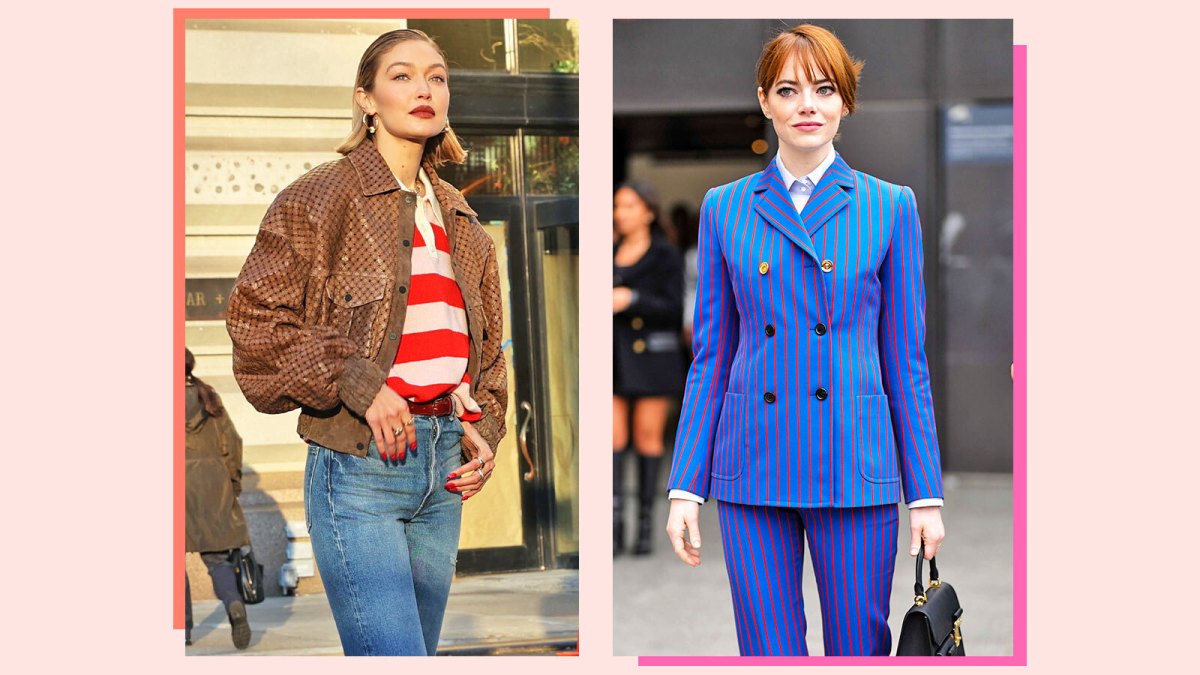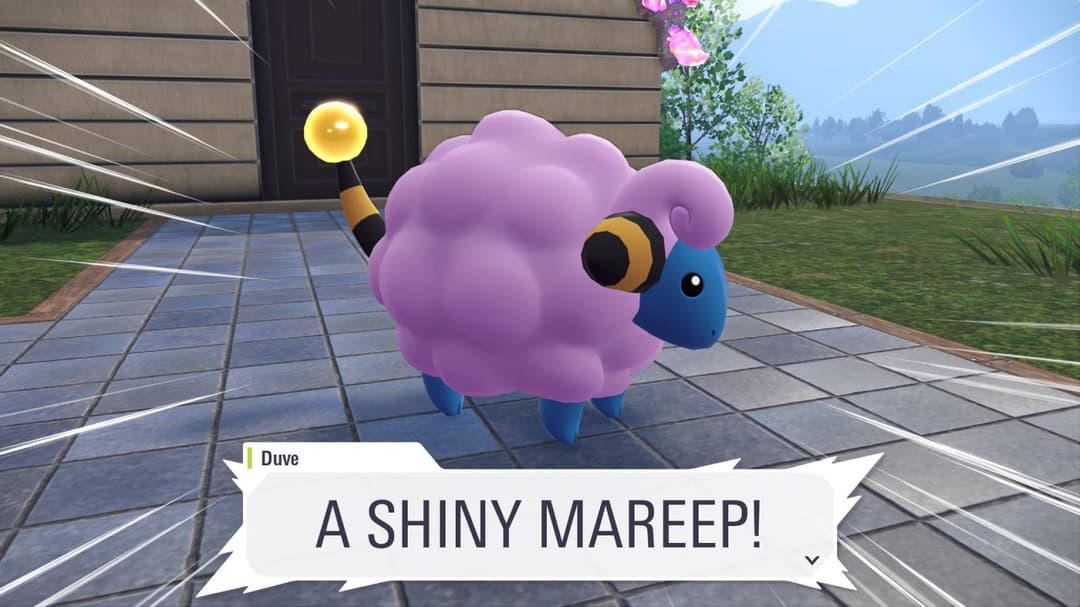The fashion landscape is witnessing a significant shift, as noted by influential trend forecaster Sean Monahan. In a recent analysis, he highlights the emerging divide between two distinct style tribes: the preppies and the yuppies. This exploration, articulated by journalist Anna Murphy, provides insights into how these groups are shaping contemporary fashion.
Understanding the Preppie and Yuppie Divide
Monahan describes preppies as individuals who embrace a classic, refined aesthetic characterized by timeless pieces such as polo shirts, khakis, and loafers. This style often reflects an appreciation for tradition and heritage, drawing inspiration from elite institutions and an upper-class lifestyle.
In contrast, yuppies are portrayed as the modern urbanite, favoring bold, innovative fashion choices that reflect a fast-paced lifestyle. They typically gravitate towards brands that emphasize individuality, sustainability, and cutting-edge designs. This divide is not just about clothing; it encapsulates larger societal trends and attitudes, influencing consumer behavior in significant ways.
The rise of social media has further amplified these distinctions. Platforms such as Instagram and TikTok allow users to curate their identities, showcasing their preferred styles and lifestyles to a global audience. Monahan suggests that this visibility has created a competitive environment where authenticity and self-expression are paramount.
The Impact on the Fashion Industry
The implications of these style tribes extend beyond personal expression; they resonate deeply within the fashion industry. Brands are increasingly tailoring their marketing strategies to align with the values of either group. For instance, preppy brands are emphasizing craftsmanship and heritage, while yuppie-focused labels are prioritizing inclusivity and sustainability.
According to Monahan, understanding these trends is crucial for fashion retailers aiming to capture the attention of their target demographics. He notes that consumers are becoming more discerning, demanding not only stylish items but also transparency from the brands they support.
The shift in consumer priorities also reflects broader societal changes. As younger generations prioritize ethical consumption, brands that fail to adapt risk losing relevance. Monahan emphasizes the importance of being attuned to these evolving preferences, as they can dictate market success in a highly competitive environment.
As the fashion industry navigates these new dynamics, the divide between preppies and yuppies serves as a powerful lens through which to view contemporary trends. This nuanced understanding will be essential for anyone looking to thrive in the fast-evolving world of fashion.
In summary, Sean Monahan‘s observations on the preppie versus yuppie divide illuminate critical shifts within the fashion landscape, urging brands to adapt to the changing values of consumers. As these style tribes continue to evolve, their influence on the industry remains profound and far-reaching.







